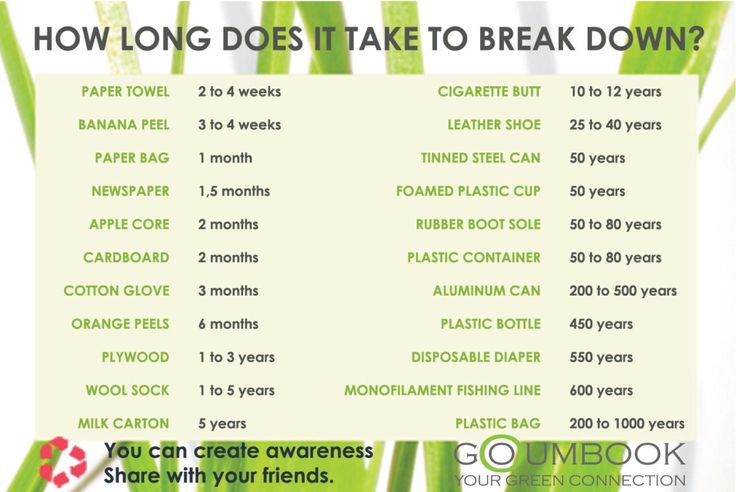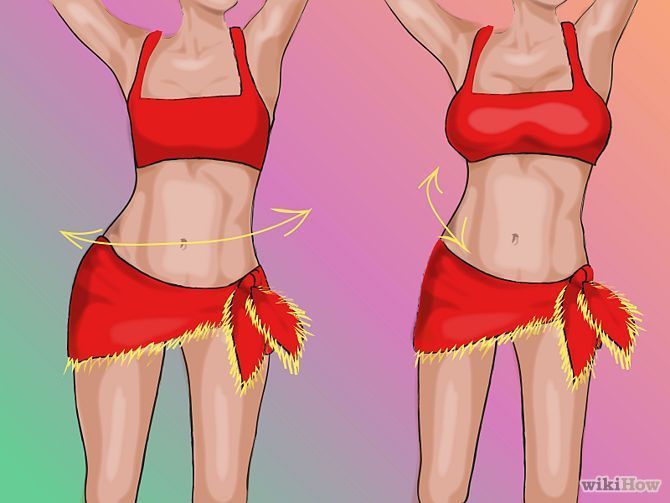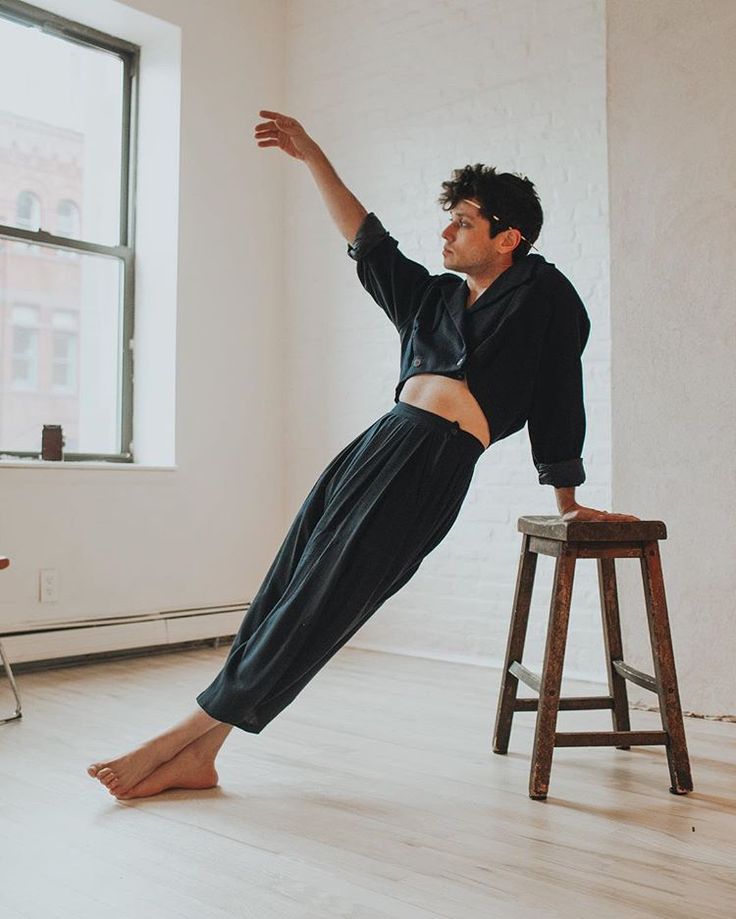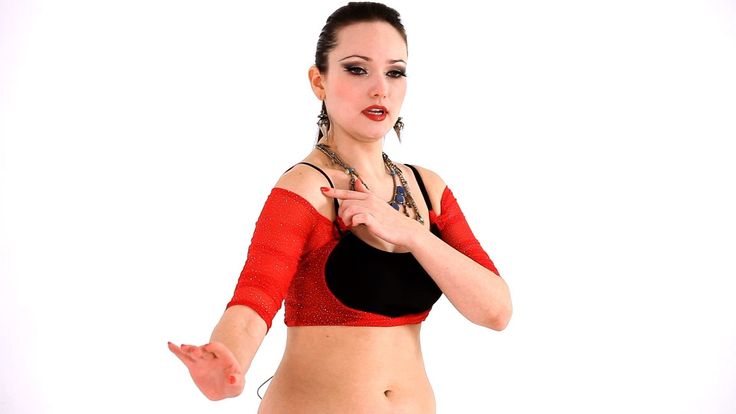How long does it take to dance well
How Long Will It Take Me To Become A Good Dancer?
Do you want to learn how to dance? Perhaps you are a dancing neophyte and avoid dance floors at all costs. Wondering how long it will take you to become skillful on the dance floor once you start grooving to the beat?
There are many factors to consider when figuring out how long it may take you to go from two left feet to twinkle toes. Let’s explore them!
What is a “good” dancer?Everyone has their own definition of what a good dancer is. Does that mean you exude confidence and sex appeal on the dance floor? Or maybe it’s that your technique is top notch. Becoming a “good” dancer largely depends on what your goals are. Being attractive with the ladies can happen quickly, but it will probably take a little bit longer to be a good leader for your partner in ballroom dancing.
How motivated are you?How motivated you are to learn how to dance can keep you coming back for more. Is there an event you are preparing for where you want to show off your new moves? Do you have a friend who wants to take lessons with you? Are you wanting to relieve stress or lose a few pounds by dancing? The larger your goals are, the more likely you are to stick with them and make fast progress.
Like anything in life, the more you practice something, the quicker you’ll pick it up. Coming to a dance lesson once in awhile will give you some great skills but practicing at home, doing the 30-day dance challenge and even dancing at nightclubs will all help you reach your goals quicker.
Proper InstructionA student can usually only be as good as their teacher. Luckily, we have some of the best dance instructors at Arthur Murray New Jersey. Our instructors are passionate about helping others dance and give each student the right attention to help them reach their goals. Whether you are a beginner or seasoned dancer, we love helping teach people how to dance for fun and self improvement!
Talent and AbilitySome people will just naturally pick things up with ease.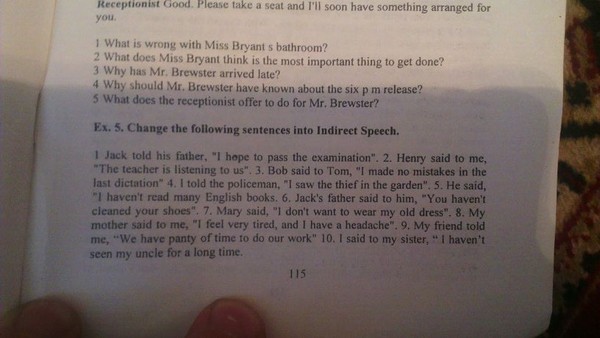 This is true in sports, arts, and dance. So talent and ability play a factor in how quickly you will learn to dance, but they are not the most important factors.
This is true in sports, arts, and dance. So talent and ability play a factor in how quickly you will learn to dance, but they are not the most important factors.
Here at Arthur Murray, we have taught hundreds of students who have sworn they can’t dance. But after a little instruction and a lot of fun, they’re on their way to dance greatness.
Whatever you do, don’t let the belief that you don’t have a natural dance talent hold you back. You may discover skills that you never thought you had!
So how long?It depends on everything mentioned above and each person will be different. But we promise that if you try out a dance package at Arthur Murray, we’ll make sure to design your dance lessons geared toward reaching your specific goals.
Some people will go from newbie to proficient dancer in two to six months. And in that process you’re guaranteed to make new friends, improve your health, and have fun on a new adventure!!
Dancing and Driving.
 How Long Does it Take to Learn to Dance?-DanceSport Club
How Long Does it Take to Learn to Dance?-DanceSport ClubPeople considering starting to dance have one question on their mind – “how long will it take to learn to dance?” It’s a legitimate question. Before starting anything new, you want to know approximately when you will achieve your goals.
We have people purchasing our “New Student Special” private dance lessons package (it is 6 lessons) and immediately asking “You guarantee I will be able to dance after 6 lessons?” Normally period of silence follows that question and then we have to explain certain things to clarify the situation.
What does driving have to do with dancing?
Do you remember how you learned to drive? Was it easy or was it difficult? Did it take some time to get comfortable driving in busy morning traffic? Did anybody teach you how to drive? Think about those questions for a minute.
Driving is a skill that most people learn at some point in their lives. It takes patience, time and focus to get it.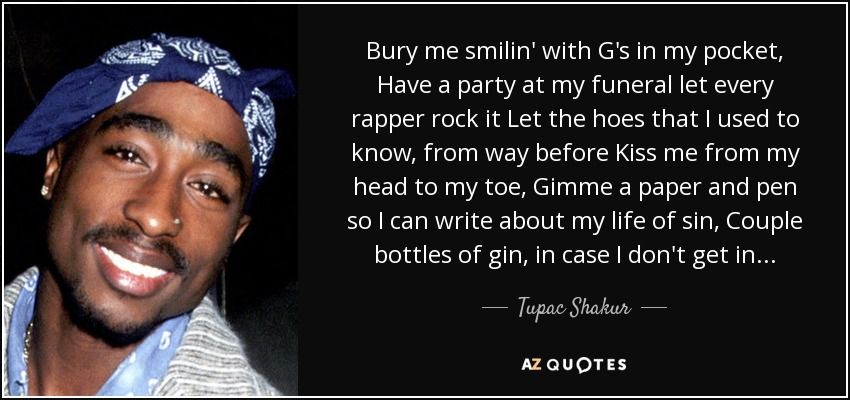 So is dancing. Dancing is a skill that takes patience, time and focus to get it.
So is dancing. Dancing is a skill that takes patience, time and focus to get it.
1) Many people are just social drivers. They drive from work to home, to grocery store, maybe somewhere further once in a while. Social drivers learn enough to get by. Similarly do many social dancers. They learn enough to dance at a social dance with someone they may not know, with music, maneuvering on the dance floor. Those dancers take some group dance classes, maybe occasional private lesson and go to social dance to practice and have fun.
2) There are also professional drivers that drive for a living such as bus drivers, truck drivers etc. They invested more time to learn how to drive better, how to drive bigger cars, how to drive in more difficult situations. Similarly, there are better dancers that are more comfortable at the social dance, who can dance more complicated moves, who might have done a performance or two. Those dancers spend more time taking private dance lessons and practicing.
3) Finally, we have very few very high level drivers such as NASCAR or Formula-1 drivers. They spend most of their lives driving and perfecting their skills, which are essential at the high speed and course difficulty they are driving at. Similarly, there are a few very high level dancers, who spend most of their time practicing and taking coaching lessons so they can perform at the highest level from time to time at the competition.
So, how long will it take me to learn to dance?
Since we determined that dancing is a skill it will take some time for you to learn it. Be patient. How long it will take, depends on your time commitment, your resources and what you expect to learn. There are several factors that may affect your dance learning curve.
1. Do you have previous dance experience?
It surely helps if you have background in other dance forms or even sports and fitness. This is because you may have better body awareness, fitness level and flexibility. Athletes many times tend to have a better core and body movement control. Ballet, jazz and contemporary dancers may have it easier than others when learning steps and doing them with music. However, even they have to learn some new concepts especially when it comes to dancing with a partner.
Athletes many times tend to have a better core and body movement control. Ballet, jazz and contemporary dancers may have it easier than others when learning steps and doing them with music. However, even they have to learn some new concepts especially when it comes to dancing with a partner.
Even if you do not have any dance or sports background, you can still learn to dance. Many beginners, like you, don’t have any background at all. But they can still learn to dance by being determined and practicing a lot.
2. Quality of your classes
We cannot overstate the importance of having good dance instructors. Luckily, at DanceSport Club, we have skillful and patient dance instructors who work well with beginners.
Whether you attend group dance classes or private dance lessons, we encourage you to pay outmost attention to the information your teachers provide. Plus, as much as possible, be consistent with your attendance. Unlike in college, you will not have a buddy from whom you can borrow lecture notes from.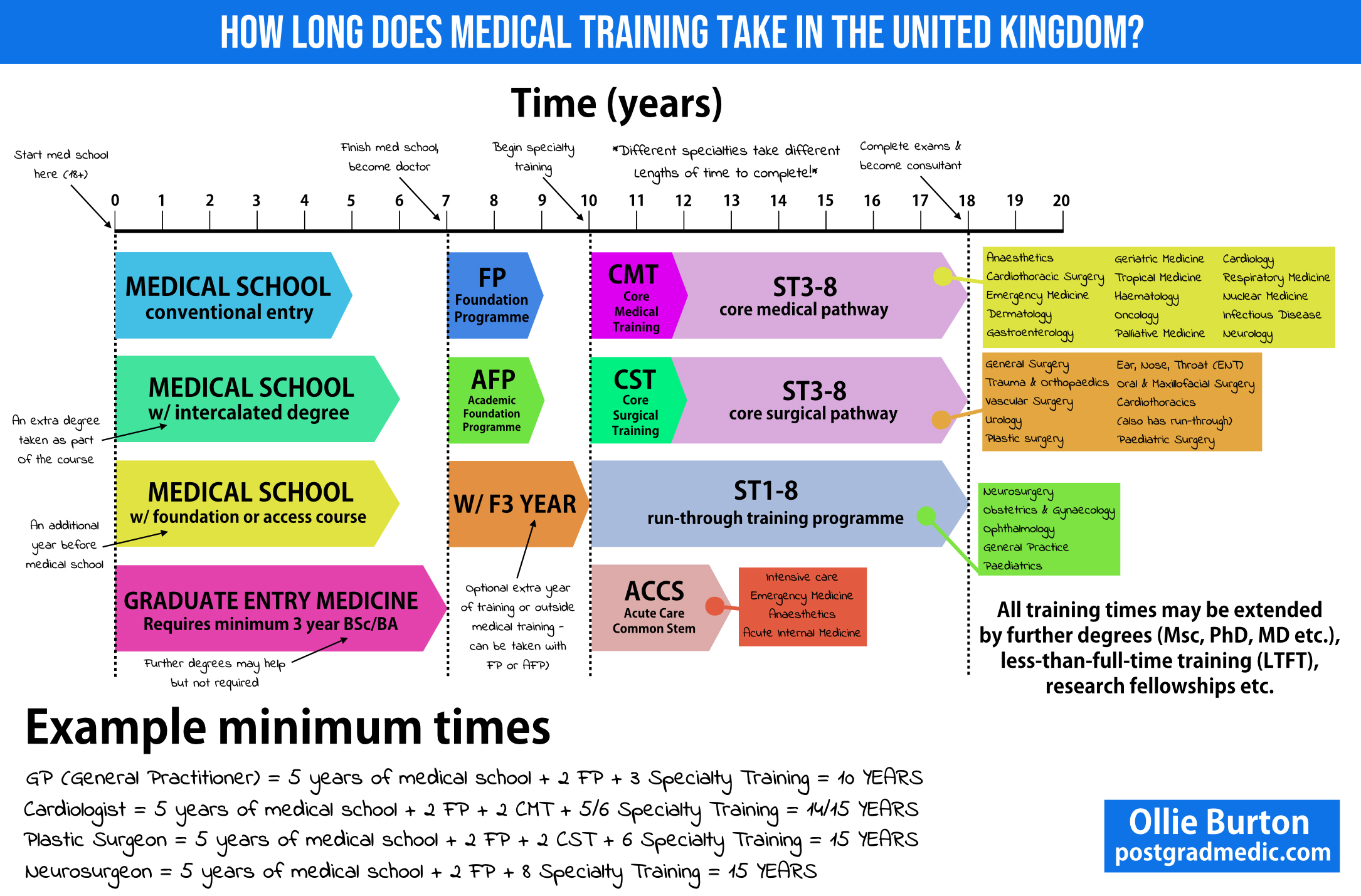
3. Number of Hours Practiced
To retain most of the information from your dance classes, we recommend practicing at least a couple of hours between your dance classes. Practicing will ensure that you retain information you already have and are ready to move forward. If you do not practice, we would have to re-teach the same material over and over again which will slow down your progress.
However, practicing does not have to be a one-time 2-hour thing. It may be better to practice a little every day, such as 15-30 min. This way you will ensure more repetition and will not be too tired after every practice.
In addition, you do not need a partner to practice! Knowing your own steps and being able to perform them is very important.
4. Exposure to Dance Music
Unless you have some musical instrument training you may initially have problems with music. Simply finding the beat is sometimes (not always) difficult for beginners. Dancing to the beat makes it even more challenging, especially if the music is faster such as ChaCha or Salsa.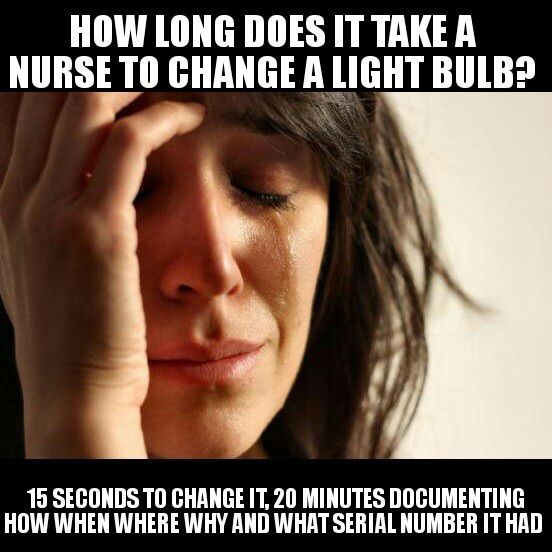
However, it is not that difficult to learn how to recognize the beat in the music. Like everything else in dancing, you just need some time and practice.
Thus, we highly recommend that you listen to dance music on a regular basis. Listen to it while driving to work. Try to find the beat. The more you listen and try, the easier it will be to find the beat while dancing.
In Conclusion
Always remember how you learned to drive. Most likely it did not come overnight. Therefore, do not expect miracles when it comes to learning to dance. Have some patience. As when you learned to drive, you should be able to learn basics of a dance if you dutifully take lessons and practice.
With right dance classes and regular practice on your own, you should be able to learn the dance basics. You should listen to dance music and practice on your own outside of class to facilitate your learning.
Don’t forget to enjoy the learning and have lots of fun on the dance floor!
90,000 12 life hacks, to quickly learn how to dance from Mamita DanceDances
Author: Pavel Gather
Psychologist, Lecturer Salsa and Tango
Dances
Author: Pavel Pavel
Psychologist, Lecturer Salsa
on At the start, you always want to get a quick result. When it doesn't happen, the hypothesis arises that everything takes time. After a conditionally acceptable time, humility comes to mastering pair dances, which, perhaps, is not given, and I will just do what I learned somehow.
When it doesn't happen, the hypothesis arises that everything takes time. After a conditionally acceptable time, humility comes to mastering pair dances, which, perhaps, is not given, and I will just do what I learned somehow.
This is the most common story of those who believe that the mere act of attending a pair dance class is enough to learn how to dance.
Absolutely not. If you want to really dance well, you have to make an effort outside of the dance class. A good teacher will definitely be needed, but the initiative should be on your side.
1. Listen to music
The most common and accessible advice that is given already in the first lessons. And it definitely works. Music creates a certain atmosphere of the dance and intuitively you want to move to it. It doesn't matter where you listen to music - in the car, on headphones while walking or doing household chores.
An addition that will help you dance better is your active participation in the music. Sing along, dance or simply beat musical accents with any free parts of the body. In the subway, for example, it is enough to tap out bright moments with your fingers, in the car to sing along with sounds, and at home you can jump for pleasure.
Sing along, dance or simply beat musical accents with any free parts of the body. In the subway, for example, it is enough to tap out bright moments with your fingers, in the car to sing along with sounds, and at home you can jump for pleasure.
2. Watch videos of good dancers
It's complicated, but also obvious. It’s more difficult, because without recommendations from more experienced dancers, unfortunately, it’s not so easy to find a good quality video on the net (I mean not the resolution quality, but the content itself).
Meaningful video viewing is about building an understanding of HOW dancers make a particular impression on a partner or viewer. Technology is at the heart of everything. Understanding how the pros do it is a big step forward.
It is important to distinguish a show from a disco dance, a staged performance from an improvisation, a stylized dance from an authentic one, etc. Ask for recommendations and dance teachers will always throw off a couple of videos of worthy landmarks.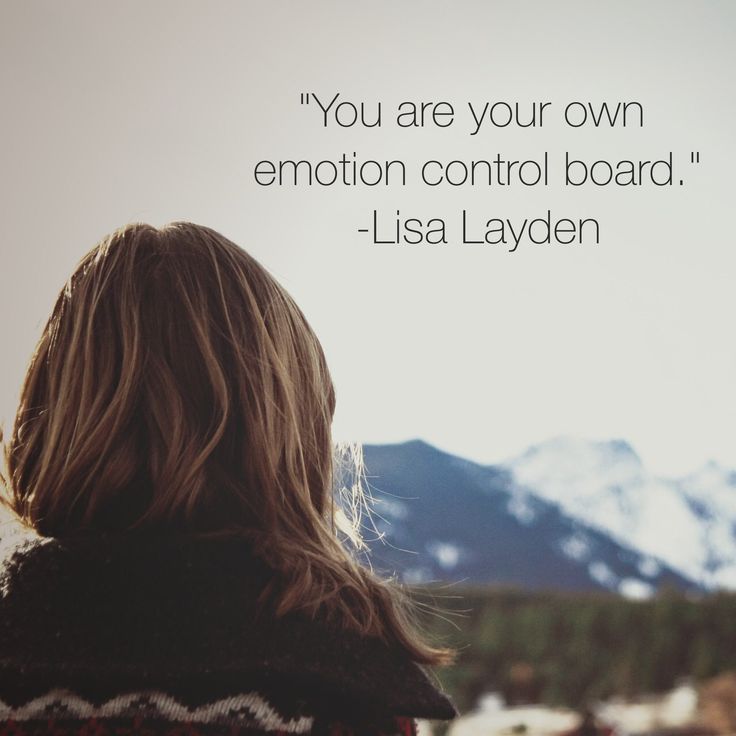
Tango Z. Showreel.
Online modern tango courses
Tango nuevo is the most advanced version of tango. We can quickly learn to dance from zero to a steep level.
| View details |
3. Dance in salsatecas/milongas/discotheques
A very delicate moment when it is worth coming to the first party. From a technical point of view, most students in 1-3 months have a sufficient set of figures and techniques to come and dance calmly. Psychologically, the same moment can be stretched out for an indefinite time. After all, it is imperative to “not lose face”, “learn more figures” and be sure what to do in case “there is an unfamiliar movement”.
In fact, the partygoers don't really care (except for a small layer of non-professional teachers who want to help inexperienced dancers by treating them as customers in the future). It is important to come and try dancing after a month of classes. You can only with friends or guys from your group. This will be enough to feel the adrenaline and inspiration from the dance.
You can only with friends or guys from your group. This will be enough to feel the adrenaline and inspiration from the dance.
4. Dance with partners or partners not of your level
The conventional wisdom that you need to practice in groups of your level does not withstand the test of experience. Perhaps now your eyes widened in surprise, and you want to meaningfully read the phrase again. Yes, you saw everything correctly: when you dance with a partner of your level, you don’t grow anywhere.
It's important to understand that not only does it work one way and you have to dance with cooler dancers, but it works even more effectively the other way. It is no coincidence that teaching pair dances dramatically raises the level of the teacher himself. You have an endless stream of very beginner dancers.
How it works. A more experienced partner needs to be "stretched". It's easy and obvious. With beginners, you need to take more initiative on yourself, see the general pattern of the dance more widely, turn on and insure more, try to be an example and be more careful. The quality of interaction begins to grow significantly. And wonderful partners too.
The quality of interaction begins to grow significantly. And wonderful partners too.
Dancing with partners of your level doesn't make you grow. Dance with both beginners and more advanced dancers
Dominican Bachata Women's Style Online Course
Want to learn how to hypnotize those around you with the most appetizing part of your body? On the course we will tell you all the secrets.
| Interesting |
5. Learn to dance for a partner and for a partner
Turks and Argentines are one of the best partners in the world. In Russia, partners are highly valued. Why? The answer is simple. In Argentina and Turkey, it is not questionable for men to ask another man to lead in one piece or another and give feedback on the quality of the lead. For them, it will be a great shame to hear moralizing from a partner, or even more so to be known in the community as an insecure partner.
In Russia, due to the constant, often far-fetched, opinion that there are more women in pair dances, partners calmly get up and study their partner's part. Such partners then grow into very cool dancers and teachers. In no case do this at parties, only in class. Here we are talking only about the learning strategy. At parties, be yourself.
6. Do not memorize the links
Always try to look deeper and understand the through principle and idea of movement. Understanding what and how is done will make it possible to independently generate any sequences and chips.
Human memory is limited and there will always be a moment when something will escape and your repertoire will be limited by the size of RAM.
In Argentine tango, for example, there are seven levels of movement construction that, when mastered, will allow you to make millions of combinations. And how many dance sequences can you really remember? In rueda, more than 150 figures dance in a rare circle. It's hard to keep more in mind.
It's hard to keep more in mind.
7. Develop your body
Many years of experience in teaching couple dance shows that as soon as everyone pairs up in a class, any progress in individual style ends. But it is the individual style that distinguishes everyone at the disco: partners change, and style is always with you.
The body as the main instrument of dance must be very plastic, responsive and emotional. Surprisingly, not all pair dance schools have a general physical warm-up. It is vital to tune the body and understand how it works.
You can always train extra and concentrate more on the basic steps, as their true value is as body work. The sequence of steps is, in fact, the simplest thing that can be in pair dancing. The quality of individual performance determines the craftsmanship.
8. Try on the images of inspiring dancers
A psychological life hack for those who have already mastered the steps, but still feel that there is not enough brightness and drive. Most are terribly afraid of being someone else's "clone". Here the action is the same as under the influence of hypnosis - the more you resist, the more you plunge into an altered state of consciousness.
Most are terribly afraid of being someone else's "clone". Here the action is the same as under the influence of hypnosis - the more you resist, the more you plunge into an altered state of consciousness.
With a high degree of probability, you are already dancing like someone else's "clone". A meaningful fitting of someone else's image is that you mentally take the image of the one who inspires you (inspiration is critical in this case) and "put on" yourself. Then you start dancing and trying to feel in general how it is to be able, for example, to be the best partner or the sexiest partner in a disco. This is much more difficult than it seems. But it works extremely efficiently.
9. Dance to offbeat music
Habitual rhythms keep you tight. Tango salon or speedy timba leave little room for experimentation and fantasy. Pattern dancing is always noticeable and is reserved for beginners.
The truly new is born outside of the usual. Look for places to experiment. If there is no place, organize self-training. The main thing is not to get carried away, because music determines the style. We bring something new to pair dances, rather than trying to change them.
Look for places to experiment. If there is no place, organize self-training. The main thing is not to get carried away, because music determines the style. We bring something new to pair dances, rather than trying to change them.
Search, improvise, don’t be afraid to go beyond, develop in different directions, be inspired by music atypical for the style
10. Try your hand at basic dance directions
dances exist according to their own non-choreographic laws.
This is the deepest delusion, which has turned into a ceiling for the qualitative development of partner dances. After all, all professional dancers, for example, in salsa or bachata, build their ideas on the basic choreographic principles.
Do not think that choreography is only applicable on stage. Any meaningful movement of the body can be choreographic. In general, try classical or modern choreography. Basically, hip-hop can work too.
11. Look for battle sensations
Pair dances return us to an active position of manifestation of our body. As in the days of our ancient ancestors, we impress the members of the opposite sex by how dexterous, hardy, sexy, etc. we are. Modern laws of the jungle in the entourage of large cities.
If you look around the dance floor, it becomes clear that the majority are clearly herbivores (not in the sense of vegetarians, but in relation to those around them). I am sure that predators are always more interesting in terms of the attractiveness of the image - try to find a counterbalance among herbivores, for example, a cat woman or a lion man.
The conversation is about an internal position, not about aggressiveness. Lability and lack of control are inherent in adolescents, and not in adult self-sufficient people.
Accordingly, even a training or friendly battle gives, on the one hand, practical skills - to make a bright sequence of movements, bring an idea to a climax, show a spectacular feature, on the other hand, develops the psychological basis of the dance - self-confidence, resistance to extraneous attention, self-control and self-control in complex elements.
12. Communicate with professionals
The environment shapes the internal position. Basically, real passionaries of the dance community are ready to openly talk, discuss and support the development of dance in every possible way. Universal principles and the ideas they articulate have a much longer and more practical perspective than meets the eye.
Accept that, for example, behind the words "listen to your partner" is not only a beautiful metaphor, but also a practical skill to literally listen to your partner. At the same time, always treat every thought, even the most respected teacher, as a private opinion.
Your skill will lie in finding the scope of the idea even in conflicting opinions. Most often, the contradiction is speculative and the truth lies in the angle of perception or situationality.
Your dancing growth will stop sooner or later. This can happen at the level of three basic steps or years of experience in teaching and show performances.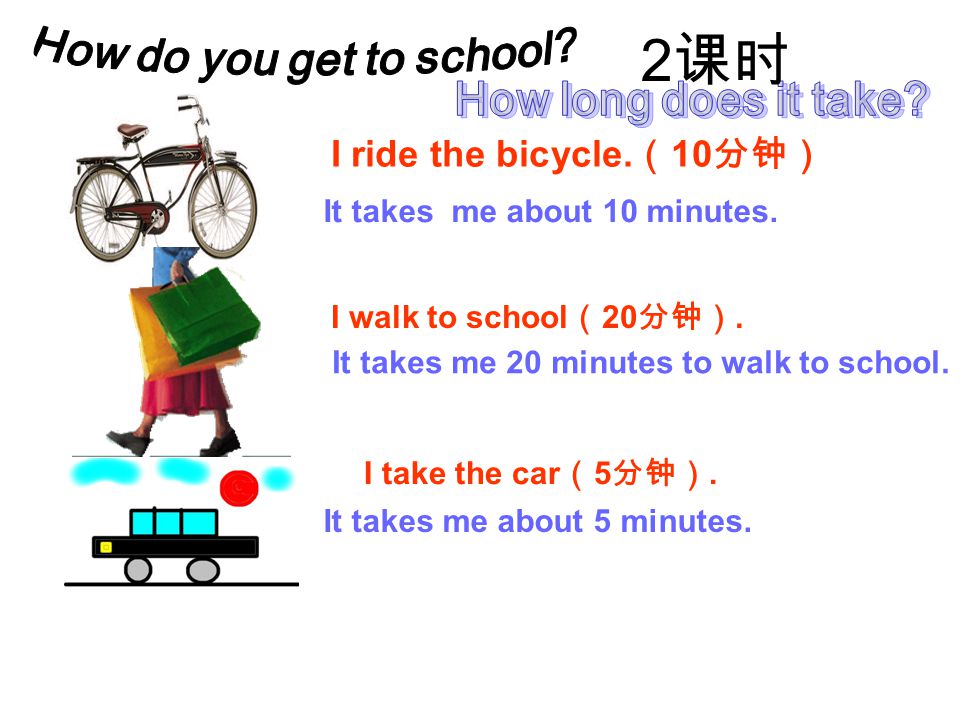 Regardless of your level, the suggested 12 life hacks can get you off the ground and greatly accelerate your dance growth. There is no way here without your motivation and activity. Take your dance development into your own hands. 9Ol000 Dangerous sexuality
Regardless of your level, the suggested 12 life hacks can get you off the ground and greatly accelerate your dance growth. There is no way here without your motivation and activity. Take your dance development into your own hands. 9Ol000 Dangerous sexuality
Salsa: destroyers of stereotypes
Couple dancing as a source of strength.
Self-destruction of the couple dance community
The Salsa series as a mirror of the community
Mamita Fridays: salsa, bachata
Destroying the myths about leading pair dances
Does dancing make us better?
The seven deadly sins of teachers
Why we will never dance bachata like the Dominicans
Why tango?
Dispute over musicality
Selection of dances according to alcohol preferences
Where to find inspiration for dancing?
Terrible tango nuevo
Distribution of roles in a salsa party
Argentinean tango through the eyes of a salsa dancer
Is there a predisposition to dancing?
Which is more effective: individual or group lessons?
Sexual overtones in pair dancing
video tutorials for those who are not afraid to try.
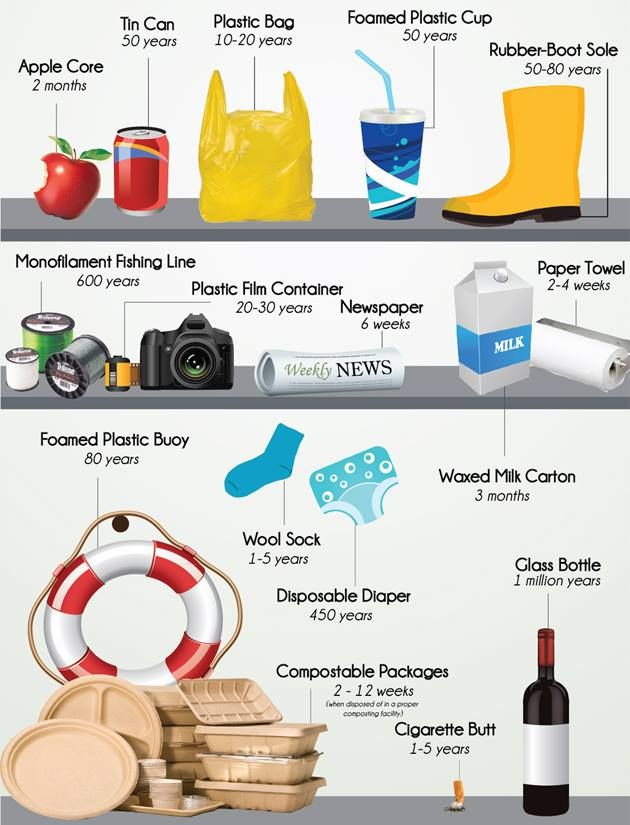 Can you learn to dance on your own? At the disco? According to video lessons
Can you learn to dance on your own? At the disco? According to video lessons HOW LONG CAN YOU LEARN TO DANCE ORIENTAL DANCES?
Or: "How long will it take me to learn to dance from you?" - a stranger asks me on the phone, wanting to sign up.
To be honest, in the top of the most stupid questions - this is number 1.
Because to answer it - the teacher must be at least a telepath and a clairvoyant in one person! And by the power of his teaching genius, he must determine in half a second by his voice: whether you have dance or other physical training, or not; Your age; how well do you feel the tempo-rhythm; what is your motor and musical memory; and finally, what are your goals.
Because only on the basis of these - primary - data can you predict how long it will take you to learn to dance.
The item "Your goals" is special. In other words, what does "LEARN TO DANCE" mean to you? - because dozens and hundreds of people answered this question differently. As a result, such a picture emerged.
As a result, such a picture emerged.
1. "A la Zhadi".
You will laugh, but for half of those who regularly call me, "learn to dance" means to portray something similar to the "East", wearing a bunch of bracelets and wrapped in monists, so that, moving your hips, just to amuse / amaze colleagues at a New Year's corporate party or similar event. They will be able to teach you this in a couple of weeks or even days - depending on how you grasp. You can even just type "belly dance" for beginners into the search engine - and soon you will definitely be able to portray "two stomp - we turn the booty." Especially if you tie ringing scarves with monists on your ass)))) Appropriate makeup, accessories - beads, earrings, bracelets - and you are the star of the corporate dance floor.
...Only it's not "learning to dance".
2. "Surprise for the Sultan" - or "already something."
Dance a composition more or less meaningful to your body as a surprise to your loved one. Effectively.
Effectively.
This will require a competent teacher and - either a group of beginners / hobbies, or individual lessons, which, of course, are more expensive - but the effectiveness is increased significantly. For the teacher is completely focused on you. Practicing twice a week, for 2-5 months (everywhere and for everyone in different ways), it is quite possible to master the basics of oriental dance and learn the setting of a zero degree of difficulty, even if you have never danced in your life.
3. "Basic level".
In a year and a half of group lessons, you will master the basic and medium complexity elements, be able to dance 4-6-8 dances (again, in each studio in different ways), master the basics of choreography. You will begin to distinguish Arabic music from Indian, classical from pop music. At the sounds of the tabla, wherever it is, it “breaks into shaking” and the blood starts to boil))))))
You are dancing in the reporter of the school. Perhaps you are participating in the first competitions.
The realization is hatching that "belly dance" is not so easy as it seemed at first. Palaces, sultans, palm trees and incense from the fairy tales of Scheherazade are fading - in their place, the native dance hall is increasingly stubbornly appearing)))
4. "Advanced level": 2-3 years of study in a group + individual training, participation in the reporting end of the school and other cultural events, sit tight on the adrenaline buzz of the stage. An obsessive desire to constantly improve technique and performance level, broadening one's horizons. Recognize the top Arab performers of classical, instrumental, pop music; know the stars of bellydance. Master classes, competitions, costumes and strasses are a separate item of expenditure in your budget. Start saving up for Egyptian festivals.
Further, dancing becomes more and more a way of life, you like to improvise more and more, and the more you learn, the deeper the understanding comes: you can learn bellydance all your life, it is inexhaustible, like any Art. ..
..
Everyone - dance inspiration !
After six years of dancing, Masha Botvinina found out whether it is possible to lose weight while dancing, and which part of the body usually hinders the dancer the most. Her advice to beginners is invaluable.
A few years ago, I enrolled in a dance school. Just. Quite by accident I saw an ad in the LiveJournal feed. I didn’t have global tasks like “lose weight here” or “pump up here”. I needed a boring physical activity - and I suddenly decided that dancing was what I needed.
And recently it suddenly dawned on me: I have been studying for the sixth year. I mentally went over the last few years: I changed 3 jobs and 4 guys, but dancing has not gone away!
Therefore, if you are also starting to dance or are thinking about it, here are practical tips that have been tested on personal experience.
1. By exercising 1-2 times a week, you can completely tone the muscles, pump up some, and even pump up some very well. But not all. Systems that are not involved in dancing (for example, biceps-triceps) will stand out deplorably against the background of those that are involved.
But not all. Systems that are not involved in dancing (for example, biceps-triceps) will stand out deplorably against the background of those that are involved.
2. Lose some weight - yes, you can. But radically, you can't. Dancing is not a gym, so you, cheers, will have excellent muscles, and on top, alas, your own fat.
3. All beginners are usually worried about the question “Will I be able to dance cool at the disco later?” It all depends on you and the dance. If you learn to dance hip-hop - and go to a hip-hop club - yes. But my Irish dances will help only in a pub)))
4. Everyone can learn to dance. You too. If your teacher says that dancing is not for you, you can safely burn him with a look: this is not your teacher, and indeed not a teacher at all.
5. It's never too late to learn how to dance. In modern schools there is no age limit. Even ballet schools have groups for adults. So what do you have to lose?
It's never too late to dance!
6.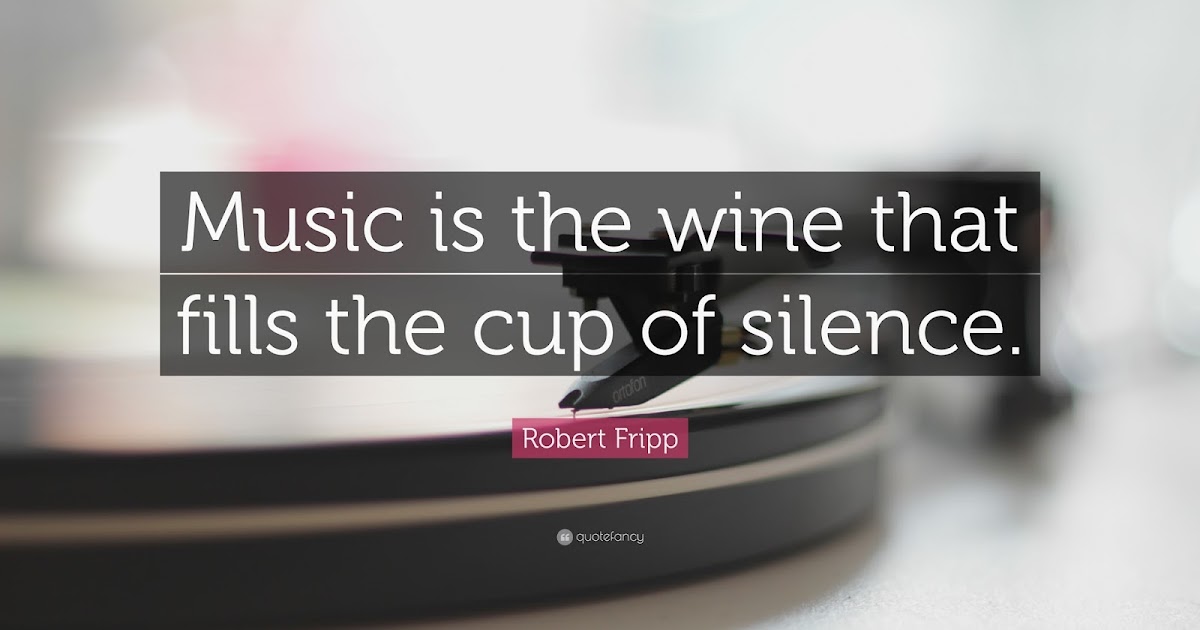 If you came to the first lesson and your group was full of people, don't be alarmed: a third won't come to the second lesson, because they won't like the unusually large workload. In a month, another third will not come, whose desire to study will be broken by the realization that “like in Riverdance” something did not work out in a month ... Then from those who remained, there will be another third - the rest will stretch something for themselves, break, move to another city or just get killed. This is how natural selection and reduction of groups to normal numbers is carried out.
If you came to the first lesson and your group was full of people, don't be alarmed: a third won't come to the second lesson, because they won't like the unusually large workload. In a month, another third will not come, whose desire to study will be broken by the realization that “like in Riverdance” something did not work out in a month ... Then from those who remained, there will be another third - the rest will stretch something for themselves, break, move to another city or just get killed. This is how natural selection and reduction of groups to normal numbers is carried out.
7. You will surely have a part of the body that will constantly get in the way and strive to do what you do not want. For example, in my Irish they are hands. Here they are needed to tie shoelaces, but the rest of the time they are not. You may sometimes want to tear them off. At such moments, remember that tying shoelaces with your teeth is not at all comme il faut. And there is also a chance that you will gather for group Irish dances.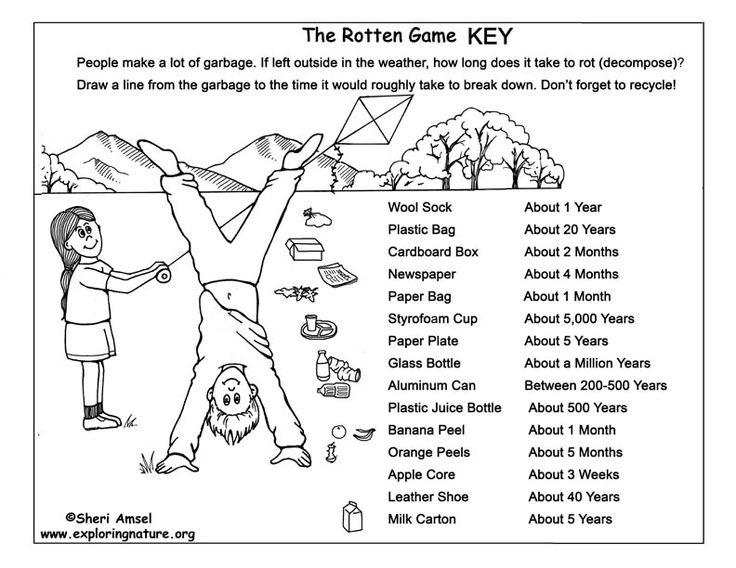 There are rumors that they move their hands there too.
There are rumors that they move their hands there too.
This is me. I think how hands interfere)))
8. You will most likely need special footwear. If, again, you go to the Irish dances that I go to, you will need at least 2 pairs of shoes: step shoes and soft leather slippers. If you bought shoes and they seem comfortable to you, go to class in them. If you still think that they are comfortable, this is not your shoe. When looking at exactly your shoes, you should want to wrap your legs with a band-aid up to the knee. If these sacrifices are not for you, try dancing in sneakers or even barefoot.
Step shoes, they are also "hard", they are also step shoes
9. After six months of training, you will learn how to pathetically jump over puddles. This is one of the biggest bonuses. However, in a couple of years you will carefully sidestep all the puddles, because for jumping you need to warm up, be in the right shoes, and in general this is a street, not a stage.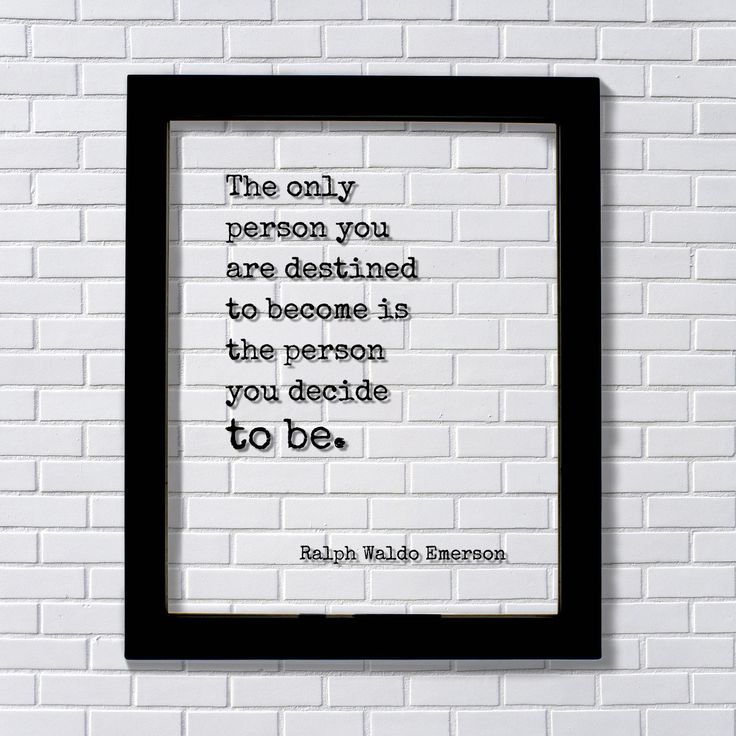
10. Subway is the best place to practice turning your toes. In addition, at the sight of your face during this activity, even pregnant grandmothers will give you a seat.
11. If you saw a colorful glittery dress at a competition and thought that you would never wear such bad taste in your life, just wait. In a year or two, you yourself will choose rhinestones for the same.
Dresses for Irish dances are always “very”: very bright, very shiny and very short
Ballroom dancing also has its own fashion, very peculiar)
12. Dancing competitions are practically the only place where adult aunts can wear crowns, tiaras and rhinestones, and also paint her face so that mom does not grieve. In the end, isn't this a reason to participate?))
13. Judges at competitions are very cunning and can reduce marks because of all sorts of garbage. For example, if you have slipped one sock. Cunning Irish dancers for the sake of medals even came up with glue for socks! Now you have seen everything)
Glue for socks is not fiction, but a harsh reality
14.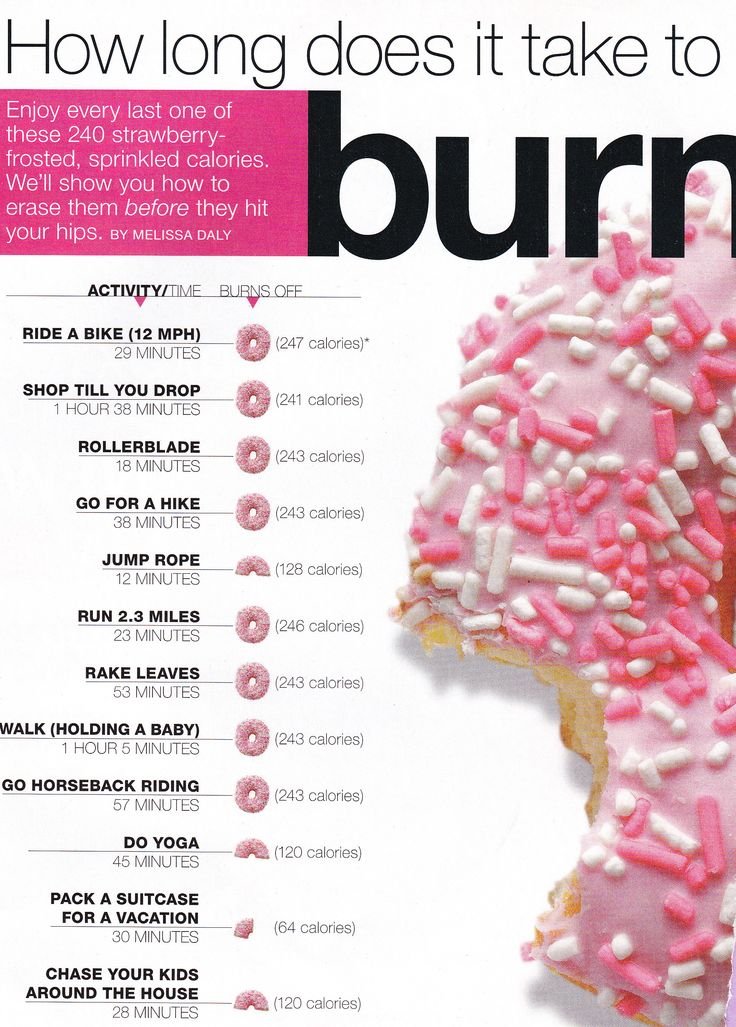 No, not all. The wig and bun are also an important part of the costume. Do you want to dance on stage with a ponytail?
No, not all. The wig and bun are also an important part of the costume. Do you want to dance on stage with a ponytail?
There are special wigs for Irish dancers with crazy curls
15. You will know the taste of victory and defeat. Why not stand on a pedestal, if possible? True, only you will know how hard these places get.
By the way, if one day you decide to participate in competitions, you will most likely have to forget about ordinary rest - your entire travel schedule will be subject to the competition schedule. That is why I have been going on vacation in April for the third year, and have not been to the warm sea for about the same amount! And all because in April my dance association - the World Irish Dance Association - holds a big event: World Championships, European Championships and Grade Feis (“Big Competitions”) - and all this cake with candles at once in 3-4 days somewhere in Europe. I don’t participate in the championships yet, but with Grade Feis I have two silver medals 🙂
I didn't have time to attend my own award ceremony due to scheduling problems! I had to climb onto the pedestal when everyone had already left!
For all my achievements, many thanks to my teacher and founder of the “Moscow School of Irish Dance Maria Singal” - Masha Singal and all the other teachers, because over these 6 years I managed to work out with everyone, and I know for sure that they are wonderful 🙂
I'm sure there are many dancers among our readers. What are you dancing?
What are you dancing?
Salsa and bachata are best suited for any non-restricting clothing, always clean, and comfortable shoes for you (replacement shoes are welcome, in autumn and winter they are required). Since the dances are paired, make sure that your appearance is pleasant to the partner with whom you will dance.
In the first classes, most likely, you will absolutely not think that you need any special clothes or shoes for this purpose. At the beginning of the training, the program is very easy and no special equipment is needed to complete it. But it is best to buy shoes with small heels or wedges, but sneakers with rubber inserts on the sole will not work. They will be hard to turn.
But if you decide to seriously engage in dance direction and want to approach the matter with all thoroughness, then it is better to purchase specially designed dancing shoes. The design of such shoes can have a positive effect on the success in doing the elements of dance, on posture and on the style of movement.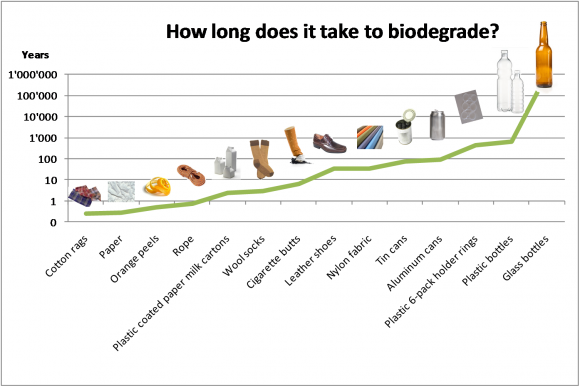
Salsa shoes does not have to be purchased from a specialized store. It can also be bought at a regular outlet, the main thing is that these shoes do not slip off the foot, have good elasticity, a comfortable shoe, and do not hinder movement. But, after analyzing all these requirements, we can come to the conclusion that it is easier to find suitable shoes in a special store.
2. Do you have classes for children?
There are currently no salsa classes for children. But in adult groups we take students from the age of seventeen.
3. Is it possible to learn to dance by yourself? At the disco? Video tutorials?
Of course, you can learn how to dance on the dance floor of discos and video lessons. It all depends on your perseverance and the results you want to achieve. Now on the net you can find many training lessons for all dances. However, video lessons are rather an additional element to ongoing classes in schools. First you need to visit a dance school to get basic knowledge and skills. The whole process will be led by a professional teacher who has some experience, he will be able to point out mistakes and give good advice, he will show the necessary advice and correct you where mistakes are made. Thanks to this, you can quickly learn to dance.
The whole process will be led by a professional teacher who has some experience, he will be able to point out mistakes and give good advice, he will show the necessary advice and correct you where mistakes are made. Thanks to this, you can quickly learn to dance.
Bachate is much easier to learn from video tutorials. There are not so many complex movements in this dance, you can master them yourself, but, of course, it is better to either have a little experience in dancing, or communicate and learn some skills from the teacher. If you take an interest in the history of the emergence and development of bachata, you can see that everyone danced it without any preparation. This dance belongs to social dances, it was invented for everyone without exception, it has very simple movements. But still there are movements that are quite problematic, and sometimes impossible to catch on video. And in a dance school with group training it is much more interesting than at home alone.
4.
 How long does it take to learn how to dance salsa?
How long does it take to learn how to dance salsa? It is rather difficult to answer this question. And it can depend on many conditions. All people have different capabilities and abilities. The first one may need one single lesson to understand the specifics of the movements, catch the rhythm of the music, learn several movements in the aggregate, then the second will spend a large amount of his time on this. The second condition for the speed of learning is the frequency of attendance at dance classes. And what does the phrase mean - I learned to dance? You can hone your skills and craftsmanship endlessly.
But still, based on the experience of the teachers of our dance school, we can name the average time for which the training takes place. This period can be divided into three levels. At the first level, a sense of rhythm is captured, and the main movements are fixed. It lasts one month. At the second level, which lasts two months, there is work with a partner. And the middle level, at which complex ligaments are studied. The duration of this level is 4 months.
The duration of this level is 4 months.
Therefore, in a period of up to 6 months, you can learn the basics of salsa. And to improve your movements - endlessly!
5. Is it difficult to learn how to dance salsa?
The phrase "learn to dance salsa" has two components: "dance" and "salsa". So “dancing” is much more difficult than “salsa”.
There are two categories of people who attend dance schools - those who want to learn how to dance salsa perfectly and those who just want salsa . Yes, yes, exactly just salsa . In this case, you can remember a lot of movements, ligaments, but still not learn how to dance. And the results of such training, alas, are noticeable even to non-professionals.
Learning how to dance salsa is more difficult than just salsa. For example, there is a desire to “burn out” in discos, then learning to dance is not at all necessary, since here you will have to spend a lot of effort, spend a lot of time at school. This is necessary in order to feel the rhythm of the melody, control your body, acquire some skills and comprehend the basics of the art of dance, that is, stock up on some experience. But it will take a lot of hard work.
This is necessary in order to feel the rhythm of the melody, control your body, acquire some skills and comprehend the basics of the art of dance, that is, stock up on some experience. But it will take a lot of hard work.
Everyone answers the question whether all this is necessary. But if you still decide learn how to dance salsa , then the results will be excellent. And for you and your partner. After all, it will be much more fun to dance with you, and even learn something. However, there are many examples who wanted to dance salsa , but their desire quickly dried up. And such students leave the dance school. And then they repeat the movements in the clubs in such a way as it turned out to learn. And there are many such examples. And even if you are busy looking for a new school, nothing will change until you start learning to dance.
How long does it take to learn how to dance tango?
There is no definite answer to this question. If there is a person who says that in order to learn how to dance tango, you need to spend exactly this or that amount of time, then he is either ignorant in this matter, or he is deceiving you.
Firstly, the very concept of "dancing tango" has a different meaning for everyone. Someone decides that he can dance at the end of the basic course (usually 2-3 months of regular classes), and someone even after 5 years of classes finds something new for himself. The fact is that, like for some other social dances, there are no clear frames and standards here. Each country has its own tango, its own, unique. Even in different years of its existence, tango was different. At the beginning of the 20th century, it was danced in a completely different way than it is danced now. And this means that if you learn to dance according to the canons that were adopted then, then you will most likely not be able to understand those who dance tango today.
It's like cooking - you can't learn to turn on the stove and think you're a great cook now. After all, the cook uses different parameters, of which the simplest are the cooking time or the temperature of the fire. Everything comes into play - ingredients, small components, oil, on which food is cooked and even used utensils.
Or to draw an analogy with a musical instrument - it is important not only to learn the seven musical notes. What matters in music is the method of extracting sound from the instrument, and the playing style, note duration, musical accents, syncopations and much more.
It's the same with Argentine tango - the more time you devote to learning tango, the more opportunities and sensations it opens up for you. Here the music that we hear also matters (each tango orchestra plays in its own style and at its own speed, using its own "musical chips" and sound), the mood with which we dance plays a huge role, the hug in a couple plays an important role , the quality of the step, and even the style of dancing (some people like the tango salon or the tango milonguero, while others only accept the tango nuevo). A common misconception among girls is that you can stop practicing tango in a couple of months, after attending the basic course, and then you can only attend milongas and "study there". Dear girls, this is far from true!
Dear girls, this is far from true!
Open yourself to tango, let the tango into you, and it will whisper softly, enclosing you in its gentle but strong embrace. Although there are people who enjoy simple steps on the dance floor to the rhythms of tango, but believe me, the longer we practice tango, attending lessons, techniques, seminars, studying individually with a teacher, going to various tango camps and festivals, the more interesting it becomes. in tango, the more diverse we dance, the more friends and acquaintances we have.
Tango has existed for more than a hundred years, and throughout its existence, tango has evolved, changed, improved. At the moment, there are several varieties of tango and several hundred active tango orchestras. You can fully devote yourself to learning tango, researching the history of tango and orchestras, singers and dancers, learning to dance in different styles, learning different movements, studying with different teachers, and once you are almost sure that "I am about to learn everything about tango" , but each time you will find something new for yourself, and everything will continue on, again and again.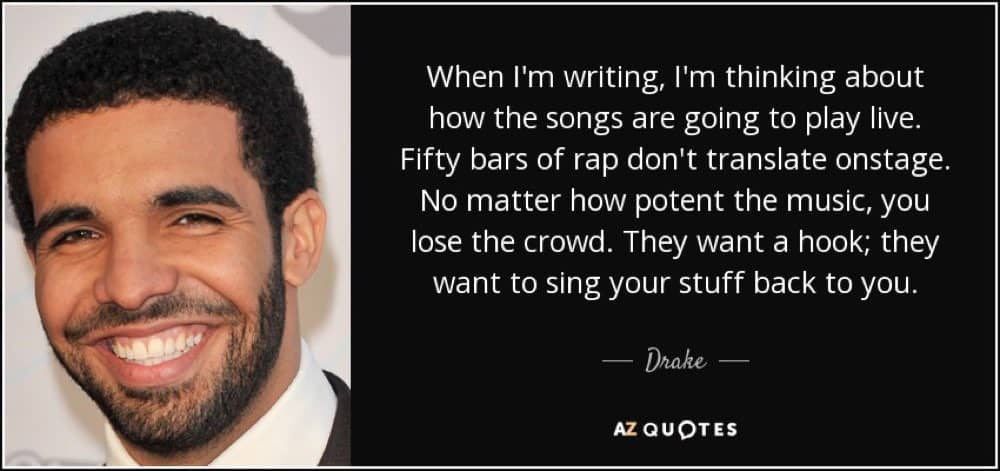 After all, tango is a mixture of many cultures. After all, tango is a huge contribution to the dance of a large number of dancers who were looking for new opportunities in dance. Tango is music, once you understand it, you can't erase it from your heart. Tango is not just a dance. Tango is a relationship between two people, tango is forever, tango is beautiful, it's magical, it's divine!
After all, tango is a mixture of many cultures. After all, tango is a huge contribution to the dance of a large number of dancers who were looking for new opportunities in dance. Tango is music, once you understand it, you can't erase it from your heart. Tango is not just a dance. Tango is a relationship between two people, tango is forever, tango is beautiful, it's magical, it's divine!
Is it difficult to learn to dance?
It's really no more difficult than anything else you're new to. Dance directions are very different from each other. Even if you have mastered one of them, it will be unusual for you to do the other.
However, all dances are connected with the ability to control one's body. And if this is not new to you (for example, you were engaged in martial arts, gymnastics, swimming, and even more so dancing), it will be easier for you to adapt to new movements than a beginner who is not friendly with his body.
Even if you have a fairly wooden body, don't despair.
The secret of success is constant practice.
Learning to dance from video lessons is more difficult than from courses. If your body is flexible and obedient, you can still do something similar to the movements of the instructor from the video. If not, you can quickly become disillusioned with dancing: the difference between what is shown in the video and what you will see in the mirror will be too strong.
Still worth a try. At least in order to decide on the right one.
How many times a week do you dance?
Muscles may initially ache after exercise. But, unlike strength training or running, the body does not require a recovery period.
Therefore, you can safely practice dancing all the time. One of my teachers said that you have to dance 25 hours a day. In any case, the more you dance, the more noticeable the progress.
How to learn to dance modern dances
From this direction we have chosen three types that can often be found in the schedules of fitness clubs and dance schools.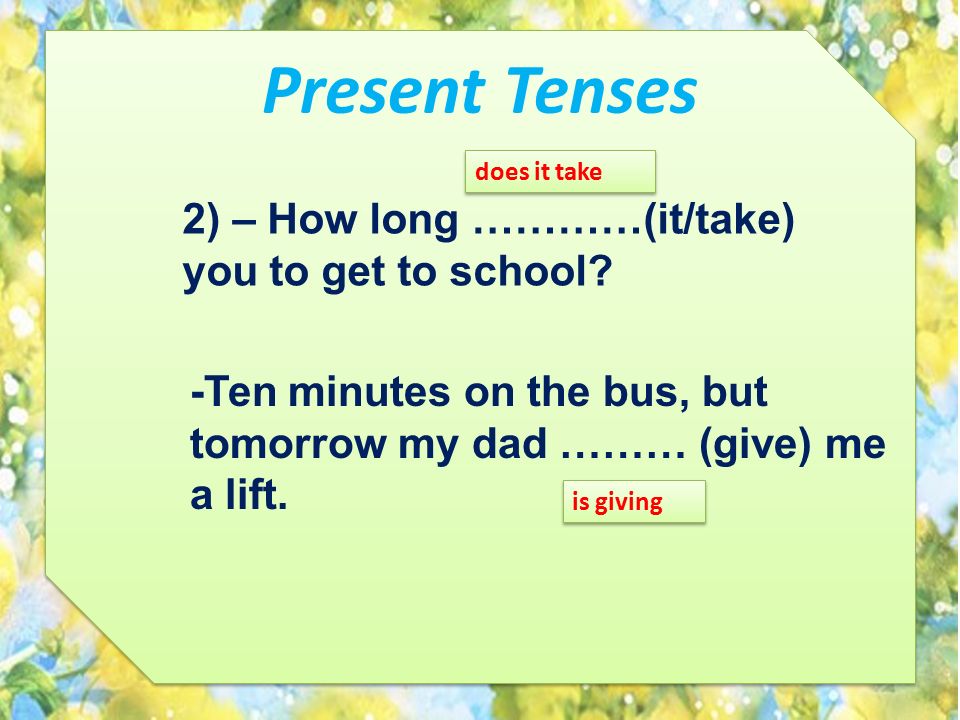 And the first - plastic and insanely beautiful contemporary.
And the first - plastic and insanely beautiful contemporary.
Abel M/Flickr.com
Contemporary combines elements of modern jazz, yoga and martial arts, seasoned with improvisation and attention to breathing. This is freedom and plasticity - the natural beauty of movement.
Here is a clip with a contemporary combination. Give it a try, just be sure to warm up and stretch well before you teach.
And here is the second part:
By the way, about the warm-up. In the video below - a full lesson with a warm-up, stretching and analysis of the combination. In English, but everything is clear and without translation.
If you do not have time to repeat or consider how some movement is done, set the speed to 0.25.
If you like combinations but can't repeat them yet, here are some more videos of routine contemporary lessons.
You will most likely have to do the same at the dance school before you can perform beautiful combinations.
imperiamarket.by
Many people confuse pole exercises and strip plastics. The second is just a sensual dance that can be performed without a pole.
When doing strip plastic, you will not stand at the barre and pull your toe. Everything here is based on the natural sexuality of the female body. Of course, many teachers diversify strip plastic with elements of contemporary or modern, Latin American dances and other areas, but it all depends on the teacher.
How beautiful your dance will look again depends on how well you know how to control your body, how mobile your joints and muscles and tendons are.
In the video below there is an analysis of the combination. Not too simple, but very sensual and beautiful. And you don't have to move on the floor, so your knees don't get hurt.
And here is a playlist with strip plastic lessons from different dance schools. There are both individual movements and combinations.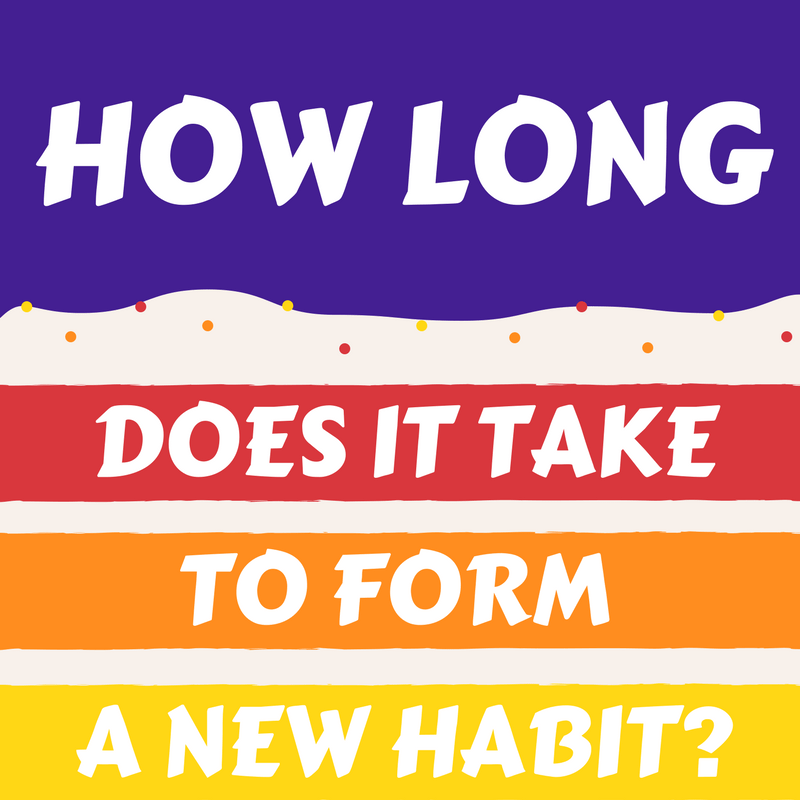
And one more, simpler combination. Try it if the first one doesn't work.
júbilo haku/Flickr.com
This is a sensual and beautiful dance, which, among other things, helps to develop plasticity and even get rid of some health problems.
There are a lot of belly dance lessons on YouTube. Below are some of them.
Basic movements are explained here very clearly:
And the second part:
Below is a playlist with five lessons for beginners from another teacher.
How to learn to dance street dancing
pinterest.com
Hip-hop has only existed for about 50 years. But during this time, many trends and styles have appeared, with different elements, plasticity, and special features.
In addition, modern hip-hop is often complemented by movements from other dance styles, which provides even richer vocabulary and original combinations.
But before you come up with your own combinations, you need to master the basics. In the playlist below you will find basic moves, steps and many combinations. They explain everything in an accessible way. If you can't make it, slow down the video speed.
In the playlist below you will find basic moves, steps and many combinations. They explain everything in an accessible way. If you can't make it, slow down the video speed.
The videos in the next big playlist explain the concepts of inertia, manipulation and isolation in hip-hop. There's also a story about improvisation, battle behavior if you're up for it, and a few variations of ground hip-hop moves (on the floor) to diversify your combinations.
Colonne/Flickr.com
Breakdance consists of different elements: tricks and power movements on the floor, waves, fixations, as well as changing the levels at which the dance is performed.
Here on this channel there is training in different styles: Waving, King Tut, Robot, - an analysis of the technique of power elements and basic movements at different levels.
Below is a video detailing the 6 steps element from Footwork.
And here you can see how the "turtle" is performed.
Here is a voluminous playlist, in which there are quite a lot of breakdance elements with a detailed analysis of the technique of dance and strength elements.
Lauren Wood/Flickr.com
Sexy dance in which you need to actively work the buttocks, hips, stomach and arms. In this playlist you will find several lessons with analysis of twerk movements.
How to learn to dance ballroom dancing
vimbly.com
At least once in your life, you will surely need a waltz. Moreover, it is not so difficult to dance it at an amateur level.
Here are four good lessons that will teach you how to hold your hands and do the basic waltz steps in pairs or individually.
How to learn to dance social dances
Social dances are not designed for competition, but for communication between partners and enjoyment. Improvisation is welcome here, through which the dancer can express himself, his feelings and emotions.
This dance comes from the Dominican Republic. He is very sensual and sometimes erotic. The basis of bachata is four steps with an emphasis on the last one. In the dance, there are rotations and throws of the partner, small lifts.
Even though bachata is a pair dance, solo combinations can also be taught. For example, if you don't have a partner yet.
In the video below - an overview of the main steps. Where to transfer body weight, how to hold hands, how to focus - everything is described in detail.
And here is a variation of bachata from the same teacher.
Below is a playlist for those who want to dance bachata together. These are Dominican bachata lessons from the Imagine dance school.
youtube.com
This is a passionate pair dance from Africa, more precisely from Angola. Now it is performed all over the world and is especially popular in France and Portugal.